Who invented the gaskets and when?
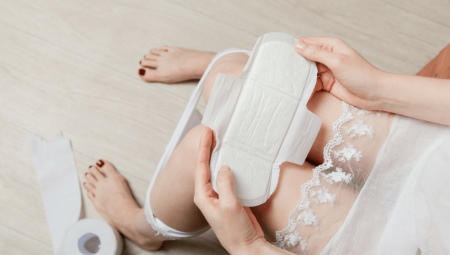
Nowadays, pads, tampons, menstrual cups and other feminine hygiene products are very common, they are used by literally all women. This is due to the convenience of such products, as well as their availability. However, in the old days, all these means were not yet invented. We will tell you about what the gaskets were replaced with and when they appeared at all in this article.
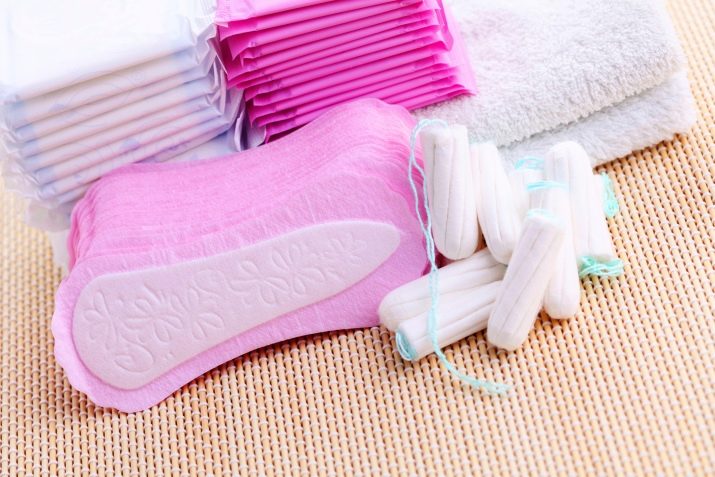
What was used before the invention of gaskets?
Before the advent of pads and other hygiene products, girls had a difficult time. In ancient times, instead of all the means familiar at the present time, various improvised materials were used.
So, in the old days in Japan, China and India, where feminine hygiene was at a fairly high level, girls used disposable paper napkins, which were folded in an envelope. They were fastened with a scarf, which in turn was fastened with a belt. A little later, the so-called menstrual belts began to be actively used in Japan. In appearance, such a device looked like an ordinary belt with a strip that was passed between the legs - it was there that a disposable napkin was placed.

The belts themselves were used many times, they were worn by every self-respecting Japanese woman.
In Polynesia, women had to make do with plant bark and grass, which were prepared in advance. In some cases, sea sponges and animal skins were used instead of gaskets. Most likely, the Indian women who lived in the North American territories acted in the same way.
But in European countries in the Middle Ages, the situation with feminine hygiene was somewhat worse, there it was at a low level.So, ordinary women had to use the floors of shirts or petticoats, which were tucked between their legs - all this could easily lead to dangerous infections. In Russia in the 17th-18th centuries, the so-called shameful ports, which are pantaloons or long pants made of dense material, were very common.

But at the same time, note that in European countries, menstruation was not so common among women. It began at the age of 16-18, and stopped closer to 45 years. Moreover, most of the time, women were pregnant or were in a state of lactation, which is explained by the lack of contraception. For this reason, they had to deal with menstruation approximately 10-20 times in their entire life - by the way, now such a number of menstruation in a healthy woman passes in about two years.
However, by the 20th century, the issue of feminine hygiene became particularly acute. At this time, they began to actively use reusable hygiene products, which women made with their own hands from different fabrics. Such gaskets were not thrown away after use, but folded separately. After that, they were washed and reused. When the reusable gasket became unusable or the woman simply did not have the opportunity to carry it with her, it was usually burned in the fireplace.
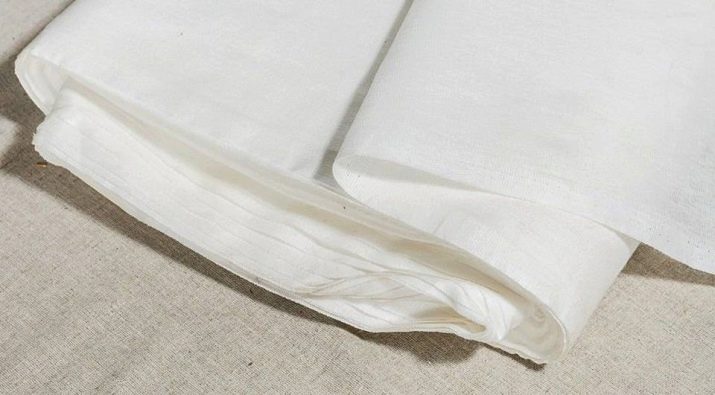
Many people used additional protection from dirt, which were aprons. They were worn as underwear and served to protect the underskirt from stains.
Some used the Chinese version as disposable hygiene products - paper folded in an envelope.
History of origin
In what year the first gaskets were invented exactly and who was their inventor, it is impossible to say. Something very similar to this hygiene product was created by nurses in France during the First World War. Wars... These pads were made of cellulose bandages, which absorbed blood well, and wood pulp. Such materials were notable for their cheapness, and therefore hygiene products made from them could well be used as disposable.
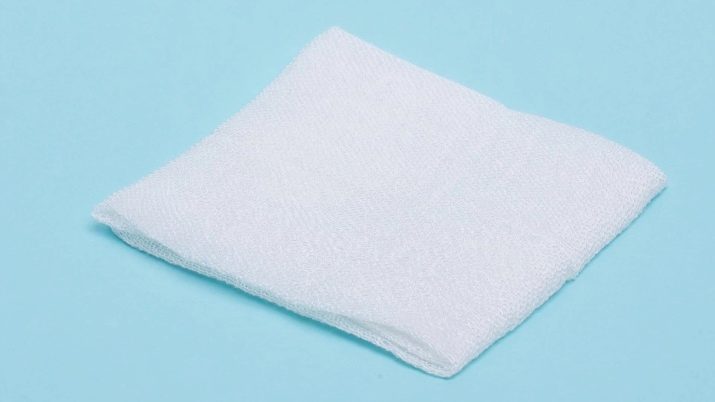
Quite quickly, commercial manufacturers borrowed this idea and began to produce pads that women could get in almost every store. So the first options appeared, which went on sale already in 1920.
The company began to produce gaskets Kimberly Clark, which also acted as a manufacturer of cellucotton - it was from it that those very absorbent bandages were made. The company later changed its name to Kotex. In America, a little later, their own version of these hygiene products was created - Modess, which was developed by Johnson & Johnson. This manufacturer literally immediately began to compete with Kotex.

However, even after the appearance of the gaskets, certain difficulties began to arise. So, despite the availability of products, its cost was quite high, which is why not every woman could afford to purchase such a hygiene product. In addition, many experienced embarrassment when purchasing these products, which significantly slowed down the process of their distribution. They even found a way to deal with this: sellers were encouraged to lay out the pads so that the girls themselves could take them. It was recommended to put money baskets next to such shelves so that a woman would not feel inconvenience if a man suddenly turned out to be a seller.

It took several years for the gaskets to be perceived adequately and become commonplace.
Development to the present day
After the appearance of pads, their production began to develop actively, as many found the sale of these hygiene products very profitable. For this reason, around the same period, the first tampons appeared, which many found more comfortable than pads. It was especially comfortable to use them during the war period, when women often had to move a lot and actively.
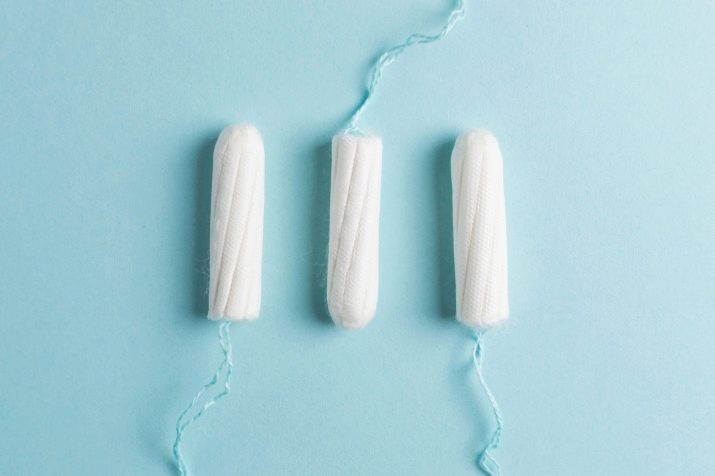
But in the post-war period, there was a kind of rollback - girls again began to use hygiene belts, and the topic of menstruation began to be perceived as a taboo. Women have become less likely to talk about this phenomenon. By 1960, rag pads had become popular again, especially in the USSR. During the same period, the movement for women's rights began to spread especially, but it practically could not change the attitude towards the topic of menstruation.
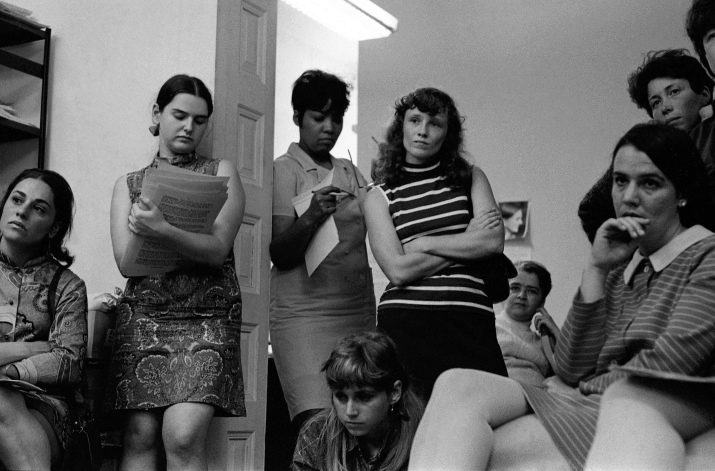
But already in 1972, a kind of breakthrough occurred - the first self-adhesive gaskets appeared, which were soon allowed to be advertised in the United States. But the word "monthly" itself began to sound more often, in particular on TV, only after 1980. This was due to the appearance of super absorbent tampons with an applicator and a rare phenomenon that could arise due to their use, it was called nothing more than "toxic shock".
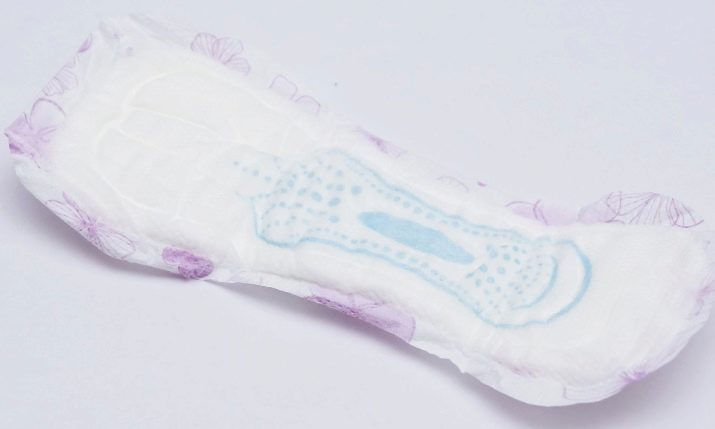
In the USSR, this was somewhat more complicated. Gaskets appeared only closer to the restructuring. Things were better with this only in Moscow: there these funds went on sale already in 1979. At the same time, the products were very inconvenient due to their thickness, but, despite this, they were in short supply.
The type of gaskets that is common today, wing gaskets, appeared in 1990. Many women noted the convenience and comfort of such hygiene products.
Currently, the production of pads is still developing: manufacturers are constantly creating different materials that do not cause discomfort when in contact with the human body and are able to absorb moisture well. Pads with wings are in great demand among women all over the world to this day. However, their prices are noticeably lower than before, and the assortment, on the contrary, is incomparably wider.
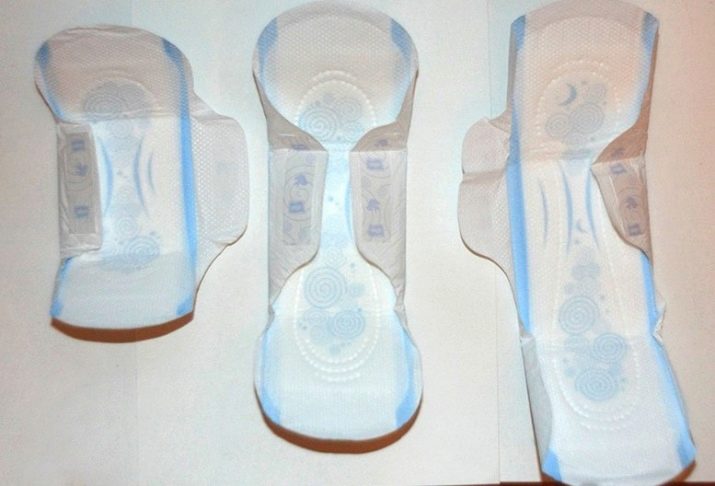









Modern pads are progress, you don't have to sew yourself every month. And you are always sure that the clothes are protected from blood. But I do not find tampons comfortable and do not use them.